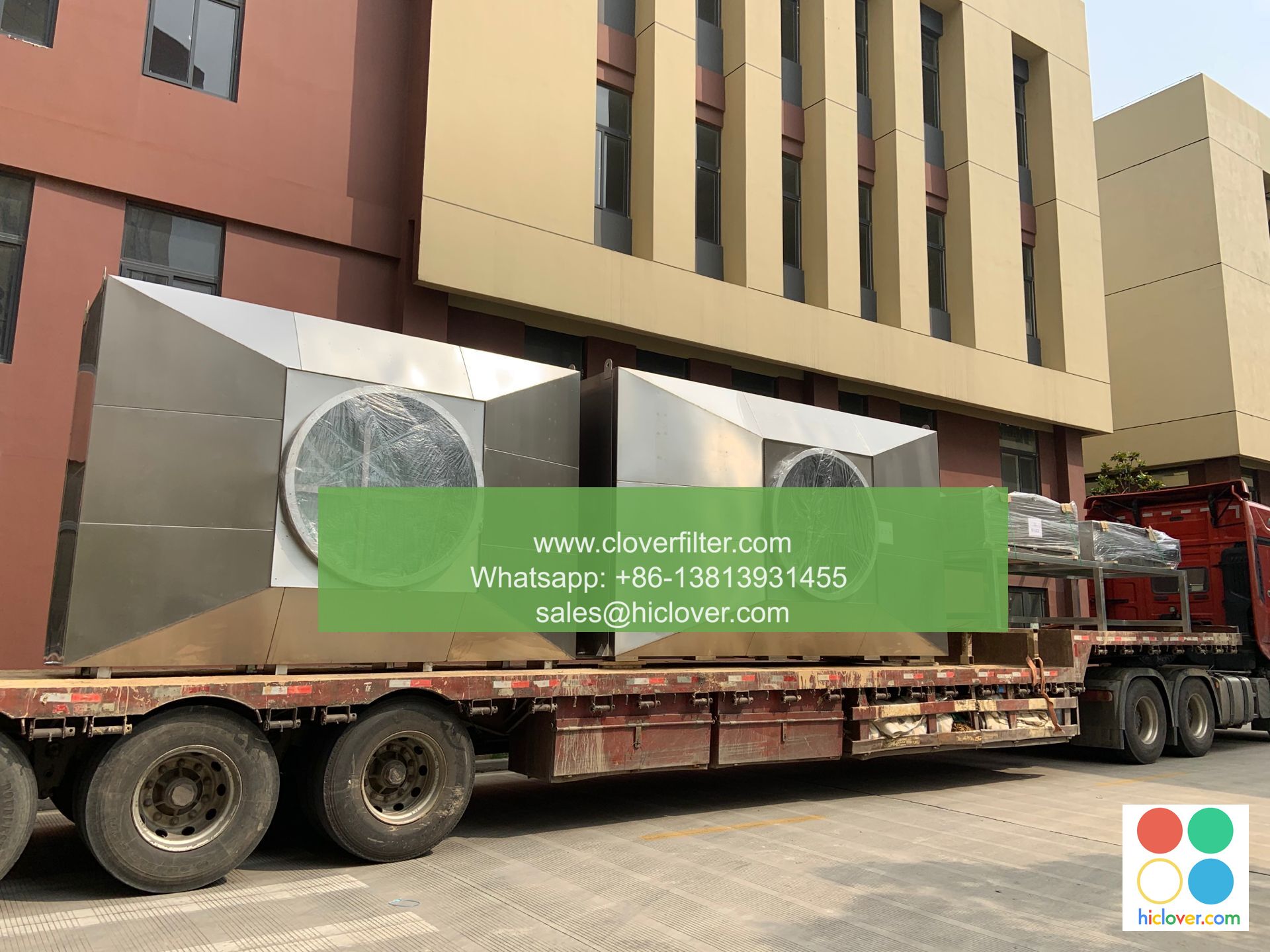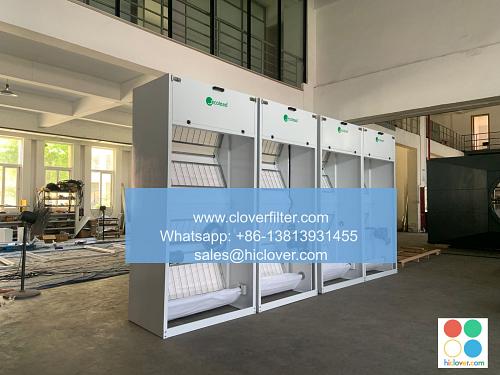Air Filter Data: A Powerful Tool for Facility Managers

As a facility manager, ensuring the health, safety, and comfort of building occupants is of utmost importance. One crucial aspect of achieving this goal is maintaining good indoor air quality (IAQ). Air filter data plays a vital role in this endeavor, providing valuable insights that can help facility managers optimize their heating, ventilation, and air conditioning (HVAC) systems. In this article, we will delve into the world of air filter data, exploring its applications, benefits, and key performance indicators (KPIs) that facility managers should focus on.
What is Air Filter Data?
Air filter data refers to the collection of information related to the performance, maintenance, and replacement of air filters in HVAC systems. This data can include metrics such as filter efficiency, dust holding capacity, pressure drop, and filter lifespan. By analyzing this data, facility managers can gain a deeper understanding of their air filtration systems and make informed decisions to improve IAQ, reduce energy consumption, and minimize maintenance costs.
Applications of Air Filter Data
Air filter data has a wide range of applications in various industries, including commercial buildings, industrial facilities, healthcare facilities, and data centers. Some of the key application areas include:
* Indoor Air Quality (IAQ) Management: Air filter data helps facility managers monitor and control IAQ by tracking filter performance, identifying areas for improvement, and optimizing filter replacement schedules.
* Energy Efficiency: By analyzing air filter data, facility managers can identify opportunities to reduce energy consumption, lower utility bills, and minimize the environmental impact of their HVAC systems.
* Maintenance Optimization: Air filter data enables facility managers to schedule maintenance activities more effectively, reducing downtime, and extending the lifespan of HVAC equipment.
* Compliance and Regulatory Management: Air filter data helps facility managers demonstrate compliance with relevant regulations, such as ASHRAE standards and OSHA guidelines, by providing documentation of filter performance and maintenance activities.
Key Performance Indicators (KPIs) for Air Filter Data
To get the most out of air filter data, facility managers should focus on the following KPIs:
* Filter Efficiency: Measures the ability of the air filter to capture particles and contaminants.
* Pressure Drop: Tracks the resistance to airflow caused by the air filter, which can impact energy consumption and system performance.
* Filter Lifespan: Monitors the length of time an air filter remains effective, helping facility managers optimize replacement schedules.
* IAQ Metrics: Includes parameters such as particulate matter (PM), volatile organic compounds (VOCs), and carbon dioxide (CO2) levels, which indicate the overall quality of the indoor air.
Best Practices for Collecting and Analyzing Air Filter Data
To maximize the benefits of air filter data, facility managers should follow these best practices:
* Implement a Data Collection System: Utilize building management systems (BMS), cloud-based platforms, or IoT devices to collect and store air filter data.
* Conduct Regular Analysis: Schedule regular analysis of air filter data to identify trends, detect issues, and optimize system performance.
* Integrate with Other Building Systems: Combine air filter data with other building systems, such as energy management systems and facility management software, to gain a holistic understanding of building performance.
Conclusion
In conclusion, air filter data is a powerful tool for facility managers, providing valuable insights into the performance of HVAC systems and helping to optimize IAQ, energy efficiency, and maintenance activities. By focusing on key KPIs, implementing best practices for data collection and analysis, and exploring various application areas, facility managers can unlock the full potential of air filter data and create healthier, more efficient, and more sustainable buildings. It seems like you forgot to include the actual prompt. Can you please provide the question or topic you’d like to discuss? I’ll do my best to assist you.

